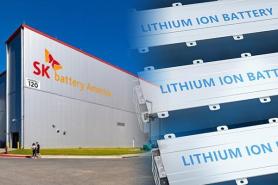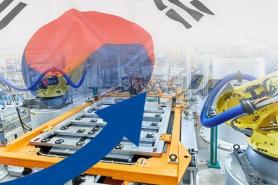
[Courtesy of UNIST]
SEOUL -- South Korean researchers have adopted an innovative idea to develop a water-in-battery system. The special battery system consists of a secondary battery encased in a metallic housing filled with a fire retardant liquid solution. The special liquid will douse flames and block oxygen supply in case battery cells combust. The innovative batteries will be used for energy storage systems.
When high-performance batteries used by energy storage systems (ESSs) and electric vehicles (EVs) catch fire, it is extremely difficult to extinguish. In case of an EV fire, firefighters pick up the vehicle with special equipment and plunge the car into a pool of water or a flame retardant solution until the battery is burnt out. Sometimes a special flameproof blanket is used to cover the burning EV and suffocate the fire. When an ESS battery combusts, basically no counteraction can be taken until the fire has burnt itself out.
ESSs are normally used to store energy generated by renewable energy sources such as solar power plants and wind farms and redistribute electricity when green energy sources are not active. South Korea's total ESS capacity stood at 9,863 megawatt-hours in 2021, according to the Ministry of Trade, Industry and Energy. A total of 33 ESSs has been gutted by fire since 2017.
The Ulsan National Institute of Science and Technology (UNIST) said that its research team led by Professor Kim Young-sik participated in an online meeting with partners including state power company Korea East-West Power and the Korea Testing Certification Institute to kick-start the development project for a water-in-battery (WIB) system.
The goal of the project is to develop and demonstrate a 100 kilowatt-hour-class ESS installed with WIBs. The research will be used for the development of a safe mobile WIB ESS for EV charging. "We have been trying to find a solution to solve battery fire problems," UNIST researcher Kim Young-sik said in a statement on March 17.
Copyright ⓒ Aju Press All rights reserved.




